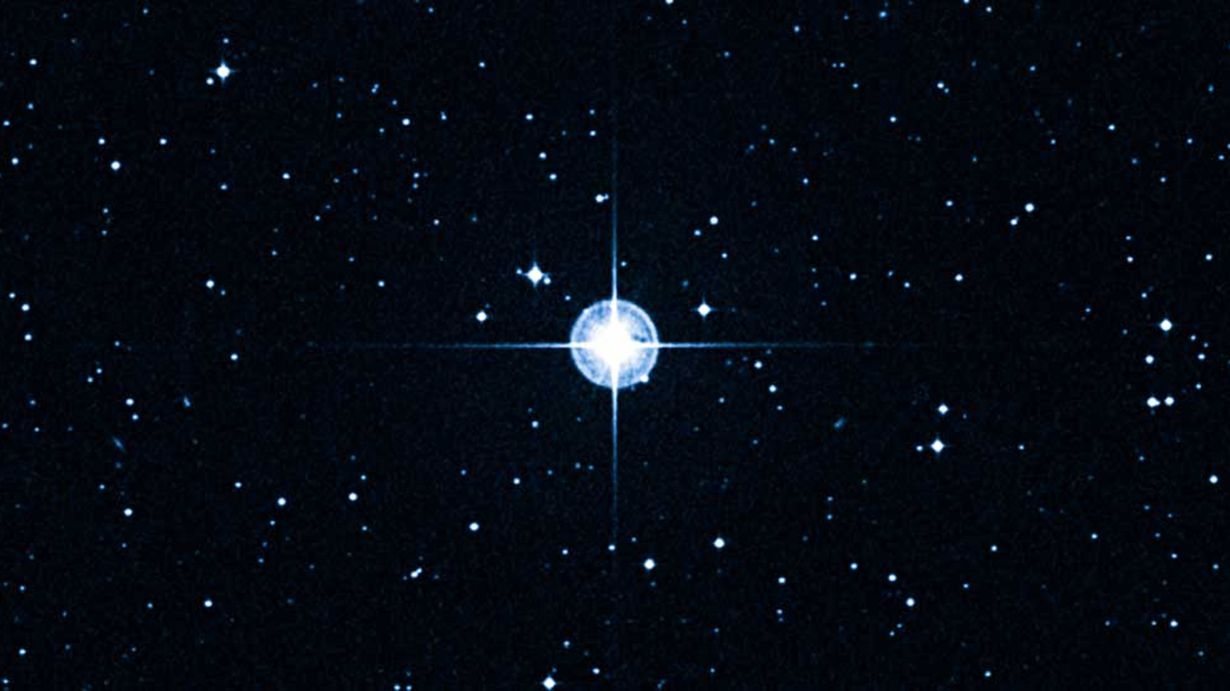
What were the first stars in the universe like? Imagine a time when the universe was a dark, empty place. Then, suddenly, the first stars, known as Population III stars, burst into existence. These ancient giants were massive, burning incredibly hot and bright. Unlike today's stars, they were made almost entirely of hydrogen and helium, with no heavier elements. Their immense size meant they lived fast and died young, often exploding as supernovae, seeding the cosmos with the elements needed for future stars, planets, and life. Understanding these first stars helps us learn about the origins of everything we see in the night sky today.
The Birth of the First Stars
The first stars, also known as Population III stars, hold secrets about the universe's infancy. These celestial giants were the universe's first light sources, illuminating the cosmos after the Big Bang.
- Population III stars were the first generation of stars, formed from primordial gas composed mainly of hydrogen and helium.
- These stars were massive, often exceeding 100 times the mass of our Sun.
- Their formation occurred around 100 to 200 million years after the Big Bang.
- Without heavier elements, these stars burned hotter and lived shorter lives than stars today.
Characteristics of the First Stars
Understanding the unique features of these ancient stars helps us grasp the early universe's conditions. Their characteristics set them apart from later generations of stars.
- First stars had no metals, meaning elements heavier than helium.
- They were extremely hot, with surface temperatures reaching up to 100,000 degrees Kelvin.
- Their lifespans were short, often only a few million years.
- They ended their lives in supernova explosions, seeding the universe with heavier elements.
The Role of First Stars in Cosmic Evolution
These stars played a crucial role in shaping the universe. Their existence and explosive deaths influenced the formation of subsequent stars and galaxies.
- Supernova explosions from first stars dispersed heavy elements into space.
- These elements contributed to the formation of later generations of stars and planets.
- First stars helped reionize the universe, making it transparent to light.
- Their intense radiation influenced the formation of early galaxies.
Detecting the First Stars
Observing these ancient stars is challenging due to their distance and age. However, astronomers use various methods to study them indirectly.
- Direct observation of first stars is nearly impossible with current technology.
- Astronomers study the chemical composition of ancient stars to infer the presence of first stars.
- Telescopes like the James Webb Space Telescope aim to detect light from the first stars.
- Cosmic microwave background radiation provides clues about the early universe and the first stars.
The Legacy of the First Stars
The impact of these stars extends beyond their lifetimes. Their legacy is evident in the universe's structure and composition today.
- First stars created the first black holes, which may have grown into supermassive black holes.
- Their supernovae enriched the interstellar medium with heavy elements.
- These elements are essential for the formation of planets and life.
- First stars set the stage for the development of galaxies and large-scale cosmic structures.
Theories and Models
Scientists develop theories and models to understand the formation and evolution of the first stars. These models help predict their properties and behavior.
- Computer simulations recreate the conditions of the early universe to study first star formation.
- Theories suggest that dark matter played a role in the formation of first stars.
- Models predict that first stars formed in small clusters or individually.
- Simulations show that first stars could have influenced the formation of the first galaxies.
Future Research and Discoveries
Ongoing and future research aims to uncover more about these enigmatic stars. Advances in technology and new missions will provide deeper insights.
- Upcoming telescopes like the Extremely Large Telescope will enhance our ability to study first stars.
- Future missions may detect gravitational waves from the deaths of first stars.
- Advances in computer simulations will refine our understanding of first star formation.
- Continued research will help answer fundamental questions about the universe's origins and evolution.
Final Thoughts on First Stars
First stars, or Population III stars, are cosmic pioneers. They formed from primordial gas, mainly hydrogen and helium, without heavier elements. These stars were massive, short-lived, and played a crucial role in creating heavier elements through nuclear fusion. Their supernova explosions scattered these elements, enriching the universe and paving the way for the formation of subsequent generations of stars and planets.
Understanding first stars helps us grasp the universe's early stages and the processes that led to the diverse cosmic structures we see today. They also provide insights into the conditions that led to galaxy formation and the evolution of the cosmos.
While direct observation of first stars remains challenging, advancements in technology and telescopes like the James Webb Space Telescope bring us closer to uncovering their mysteries. The study of first stars continues to be a fascinating and essential field in astronomy.
Was this page helpful?
Our commitment to delivering trustworthy and engaging content is at the heart of what we do. Each fact on our site is contributed by real users like you, bringing a wealth of diverse insights and information. To ensure the highest standards of accuracy and reliability, our dedicated editors meticulously review each submission. This process guarantees that the facts we share are not only fascinating but also credible. Trust in our commitment to quality and authenticity as you explore and learn with us.
